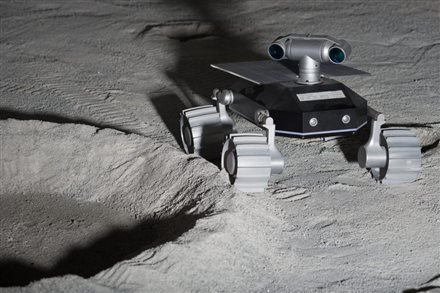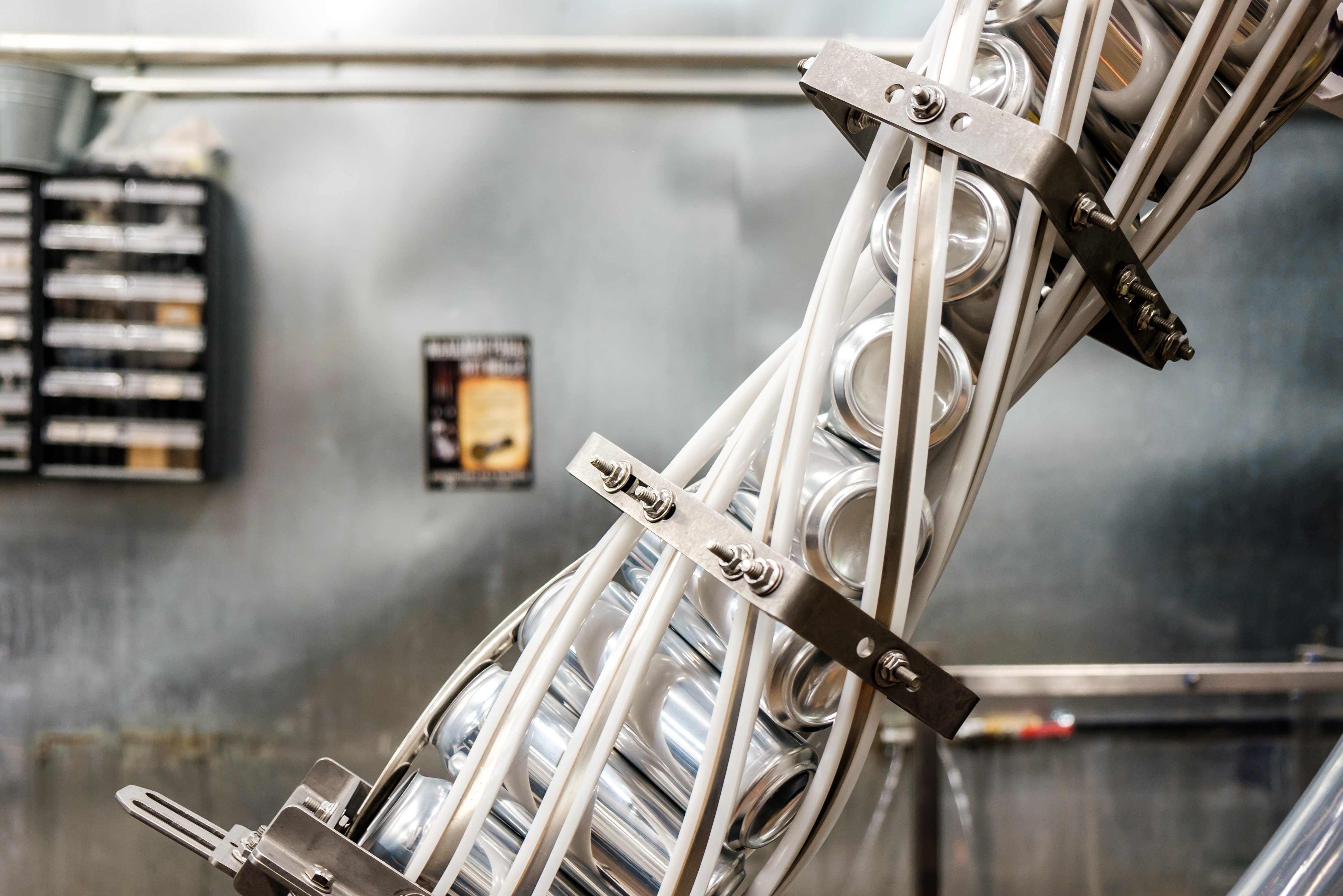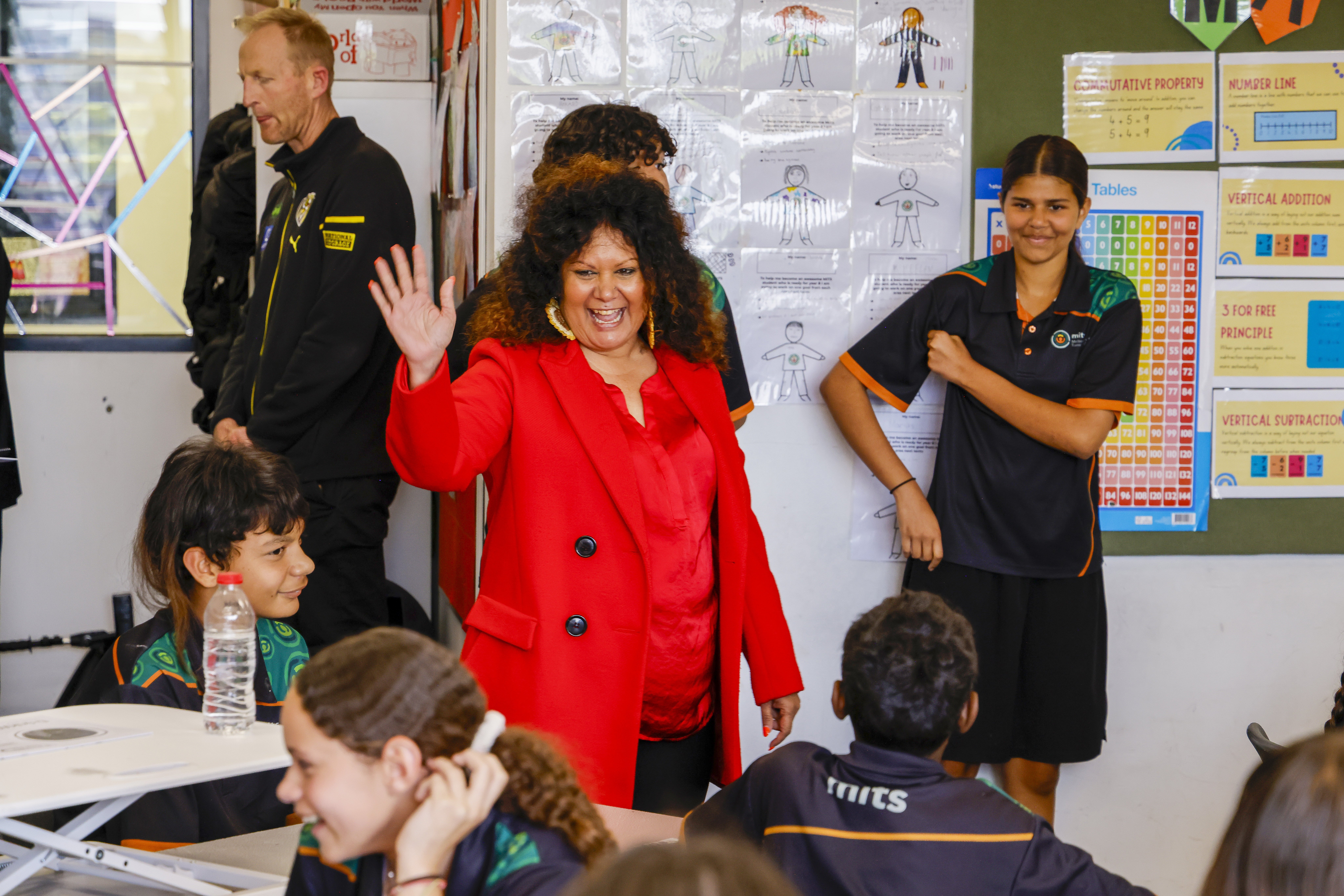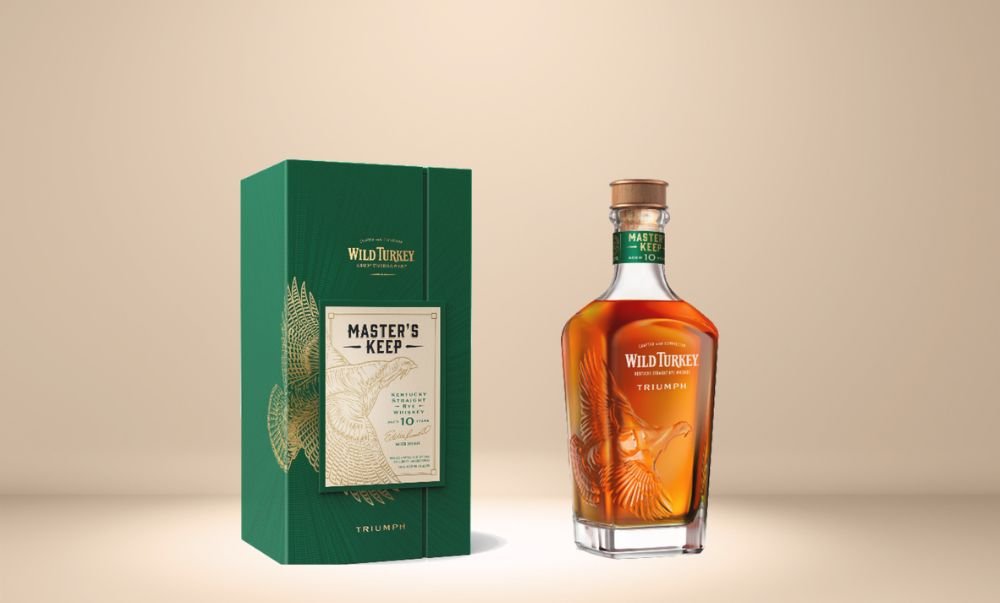A team of science students are competing for a spot aboard a spaceship bound for the Moon ... so they can run an experiment to see if beer can be brewed on its surface.
Indian start-up TeamIndus has received $1.3million as part of Google's Lunar XPRIZE competition and is planning to mount India's first-ever private mission to the moon later this year.
There are five teams in the running and the first to land a probe on the moon, travel 500m and broadcast high definition video, images and data back to earth will win $30million.
“We are a group of ordinary folks with no experience in developing aerospace technologies, neither do we have deep pockets, which are prerequisites to an interplanetary mission,” says Ramnath Babu, co-founder and head of operations at TeamIndus, told Forbes.
"Despite India's remarkable pedigree of mounting space mission on shoestring budgets, we were surprised to see there was no Indian team signing up for the race. That didn’t feel right.”
TeamIndus was one of four teams in the world to win a $1 million Google Lunar Milestone Prize for completing the viable concept of its moon lander. Explaining how it all started, Babu says, “We were closely following the GLXP race. Despite India's remarkable pedigree of mounting space mission on shoestring budgets, we were surprised to see there was no Indian team signing up for the race. That didn’t feel right.”
A team of University of California students want to join the mission and discover whether yeast can survive and ferment beer on the Moon.
A mixture of malt and water would be placed into a special experimentation vessel to see if the fermentation process could occur.
"[The canister] contains three compartments — the top will be filled with the unfermented beer, and the second will contain the yeast. When the rover lands on the moon with our experiment, a valve will open between the two compartments, allowing the two to mix," explains Srivaths Kaylan, a University of California, San Diego nanoengineering major and the team's mechanical lead. "When the yeast has done its job, a second valve opens and the yeast sinks to the bottom [to] separate from the now fermented beer."
A specific kind of yeast needs to be used to survive the conditions of space. "Different strains [of yeast] have different survival capabilities," Lance Shaner, owner of Omega Yeast Labs who will supply the students with yeast, told Gizmodo. "Someone recommended one of our strains," called HotHead, for "having a wide temperature tolerance for the unknown conditions and fluctuations."
Matt Simpson, founder of The Beer Sommelier, said he expects the experiment will be a success, although the students might end up with a cloudy beer, since lower gravity may prevent the yeast from dropping out of suspension.
Space wine experiement in McLaren Vale
Meanwhile, students at the Southern Hemisphere Space Studies Program have launched monitoring equipment — and grape seeds — into space from McLaren Vale and Mount Barker.
The seeds are being carried via balloon more than 23 kilometres above Earth. They will be exposed to extreme conditions and solar radiation.
"When [the grape seeds] come back down we are going to get our resident biologist to do some experiments on them and see if the seeds are still viable after they have gone into space," student Jessica Todd told ABC News. "We are hoping that, following this, we can plant them and grow some space wine."
Share the content










